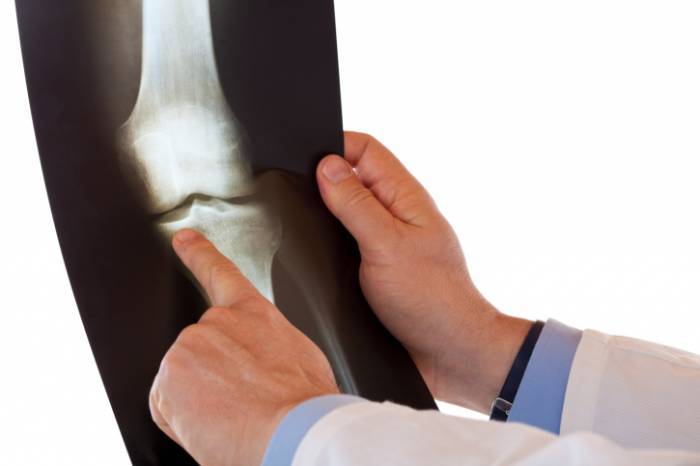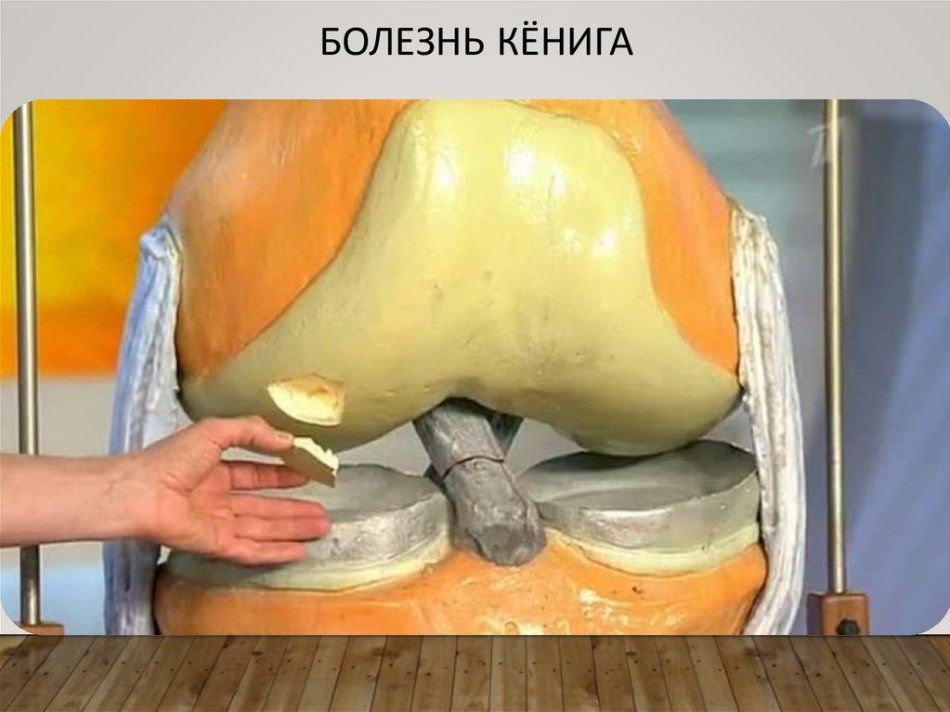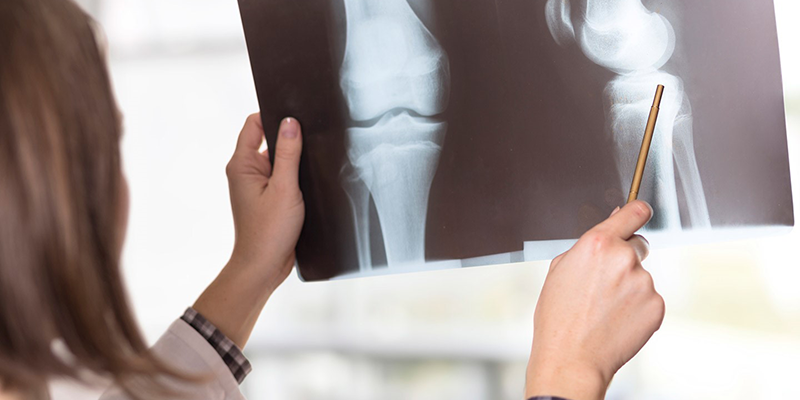In this article, we will learn what Kenig's disease is and how to treat it.
Content
Koenig disease is a type of osteochondrosis, which affects more than fifteen to thirty years old. In fact, this is the death of part of the joint. The damaged area of \u200b\u200bthe cartilage is exfoliated and over time rejected from the bone. Pathology can affect the joints of the human body, and the knee and ankle joints are more prone to.
Koenig's disease of the knee joint: Causes
The reason that causes dissecting osteochondrosis remains still unknown, although many experts suggest that the disease occurs as a result of injury.

- Adolescents who are more often injured are most often injured.
- They develop a bone structure, they play sports such as football, skis, rugby, in which the risk of injury is very high.
- The cause of necrosis - Large load and insufficient blood supply to the injured joint.
- Nevertheless, it is impossible to trace a clear relationship between the injury and the disease - rejection from the necrotic area occurs for a long time.
Stages of Koenig disease
Osteochondrosis disabled is classified at 4 stages:
- 1 - a small protrusion on the bones
- 2 - partial department of bone tissue
- 3 - detachment of cartilage without displacement
- 4 - complete displacement of a dead cartilage fragment
If the disease is not treated, then osteoarthritis can be the final result.
Manifestations and symptoms of Koenig disease
At a young age, pathology seems asymptomatic, but over time the first manifestations arise.

- Damaged areas of bone and cartilage tissues cause intermittent pain, rigidity and less mobility of the affected joint.
- In some cases, the accumulation of fluid in the joint cavity.
- Muscular hypertrophy appears, a gait with chromium.
- In the case of disconnecting the parts of the fabric, the joint can occur at a certain angle.
Diagnosis of Koenig disease
Even the doctor visually, on the initial phases cannot confidently diagnose the presence of Koenig disease. In some cases, doctors use the Wilson test - quick medical examination - a reliable early screening - a disorder test.
- Sit on the table, dangling with your feet at the edge.
- Bend your knees at an angle of 90 °.
- Get the patient’s leg and turn inside, so that the large bereta bone is facing the second leg. In the case of osteochondritis, when the leg reaches about 30 ° turn - there is a little pain.
- Ask the patient to pull the affected leg until he feels pain.
- Return the patient’s leg to a normal position, pulling it forward. If this relieves the patient’s pain in the knee, then the test is positive.
- Repeat the steps from 3 to 5 to make sure as a result.

Warning:
- do not perform Wilson's tests if the doctor does not recommend.
- make sure that the patient smoothly, without jerking, performs the tasks during the test.
For accurate diagnosis, doctors ultimately recommend that patients more modern screening. Mostly, this is an X -ray. The goal is to exclude the abnormalities of the bone, evaluate the general condition of the joint and determine the focus of pathology. In addition to radiographic diagnostics, they use:
- Magnetic resonance tomography (MRI).
- Cartial damage is already detected at 1-2 stages of the disease, the size of the lesion is visible.
- Computed tomography; Determines the disease in the early stages.
- Radioisotopes; The examination makes it possible to determine the stage of the disease and evaluate the dynamics of development.
Treatment of Koenig disease
As a rule, the disease of kenig in children and adolescents occurs spontaneously, especially during phases of active growth. Rest and abstinence from sports loads with a high risk of blows are necessary for the treatment and elimination of symptoms.
Non -surgical treatment: if the symptoms do not regress after a long rest time, the doctor may recommend during the healing period, use fixation to immobilize the affected joint. Most patients with Koenig disease begin to feel better after 2-4 months from the beginning of treatment, and after 6 months you can already think about the resumption of interrupted physical or sports activity.
Surgical treatment will be proposed if:
- The affected area is separated from the bone.
- The defeat reaches significant sizes (more than 1 cm), and the patient has already completed the growth phase.
- The pain is preserved, despite conservative procedures.
There are several surgical methods for the treatment of osteochondritis. Each is selected individually for the patient.

They can be minimally invasive (arthroscopy) and with open surgery:
- Perforation of the affected area and bone to ensure blood supply.
- Fixation of the lesion with pin or screws.
- Removing cartilage lesions and bone perforations to create a new cartilage.
- Replacing the damaged area with transplants.
After the operation, the period of use of crutches will last about 6 weeks, after which physiotherapy for about 2-4 months. Return to physical or sports activities is recommended after 5-6 months.







